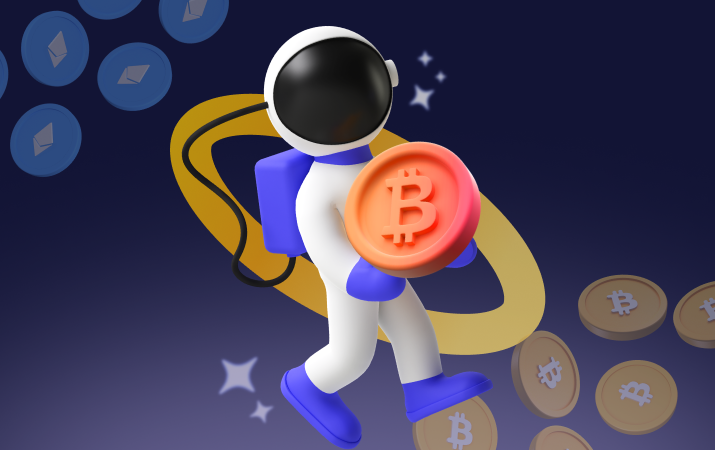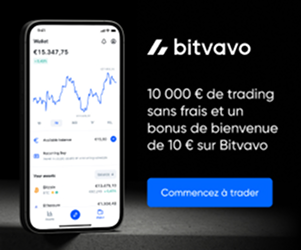Tokenized gold represents an innovative concept that combines the appeal of physical gold with the flexibility of blockchain technologies. Unlike Bitcoin, which relies on decentralization and volatility, digital gold aims to be more stable and secure, relying on tangible assets. Nydig, a major player in the sector, is leveraging this approach to enable a wider audience to invest in gold while enjoying the benefits of digitalization, without the risks associated with traditional cryptocurrencies.
A reflection on the value of digitalized gold
- Stability and security: Digitalized gold is not designed for volatility but to preserve its value across economic cycles.
- Institutional support: Nydig, a major player, sees this form of tokenization as a way to bring investment solutions accessible to a wider audience, while remaining tied to a tangible asset.
Why Digitized Gold Differs from Bitcoin
- Limited Decentralization: Unlike Bitcoin, digitized gold remains heavily controlled by regulations and authorities.
- Reduced Risk for Investors: It offers stability compared to cryptocurrencies, which are subject to significant fluctuations.
Opportunities and challenges
Opportunities:
- A new form of access to real assets for traditional investors.
- Increased security for investments in the gold sector.
Challenges:
- Initially limited adoption, particularly for crypto investors.
- Regulatory and oversight issues persist.
Conclusion
Tokenized gold offers an attractive opportunity to diversify investments in a traditional asset while remaining within a digital framework. Although this differs from Bitcoin in many ways, the development of solutions like those proposed by Nydig shows that this approach could have a promising future in the financial world.







